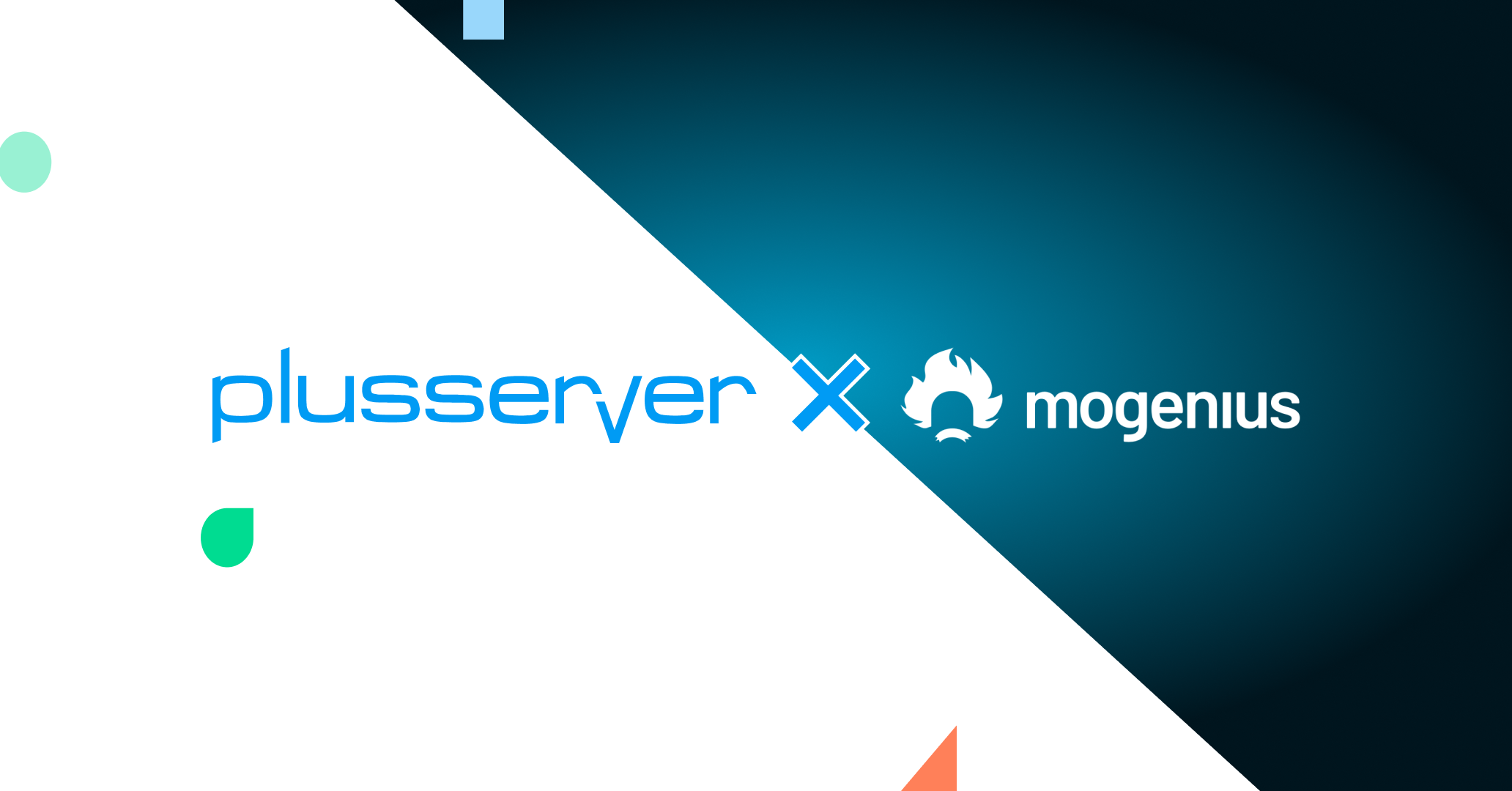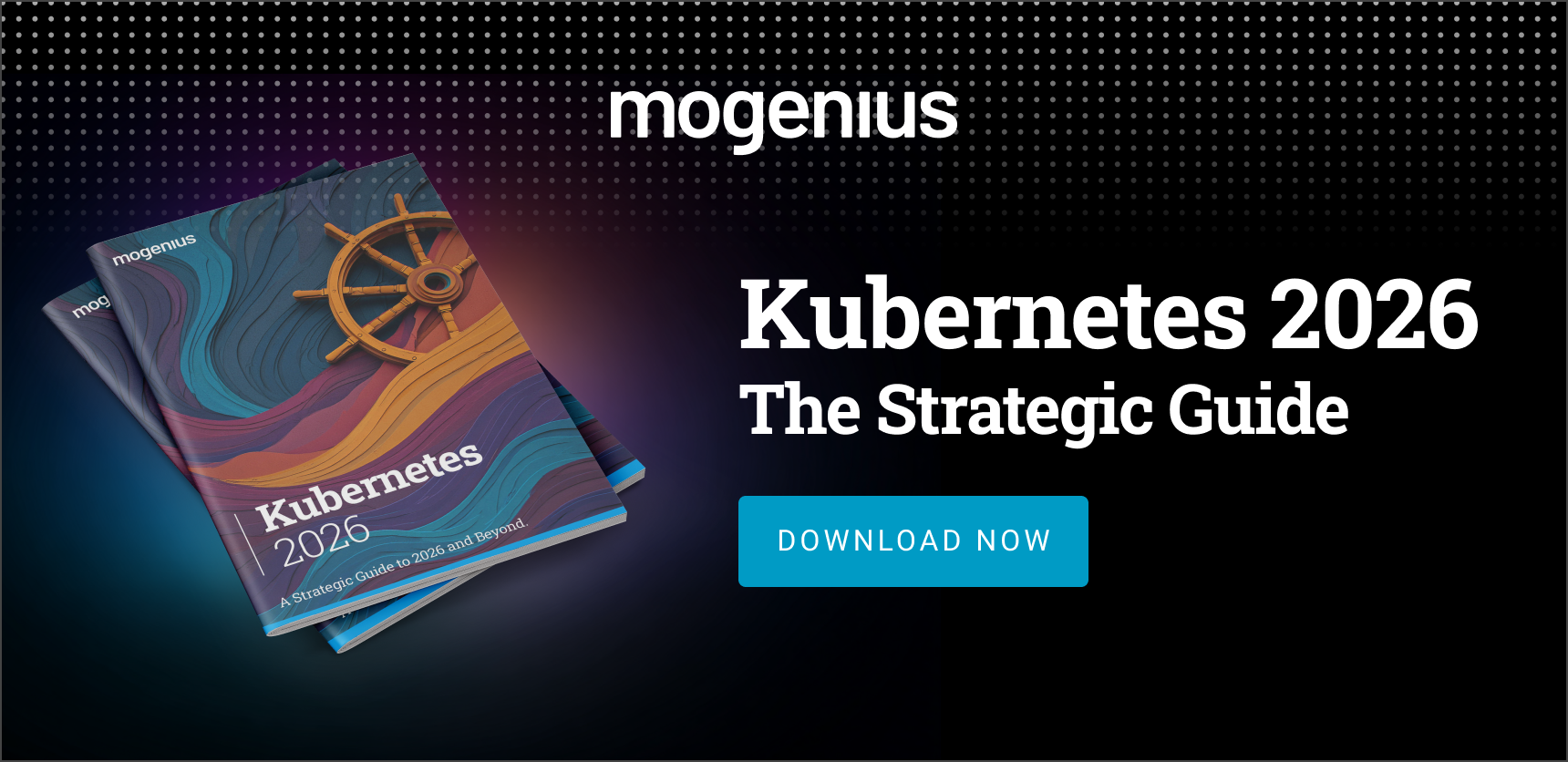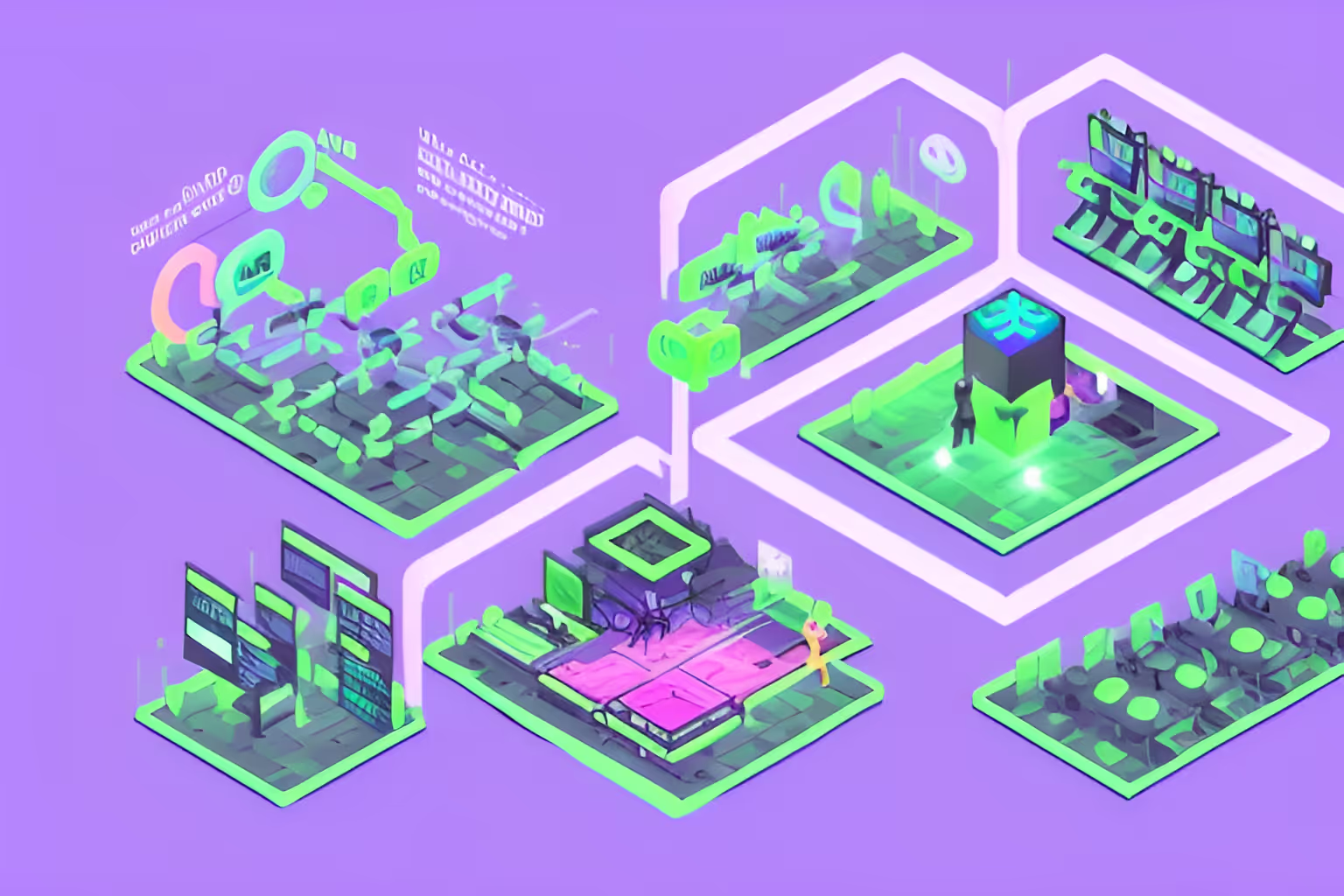
Getting Started with Kubernetes: A Practical Guide to Bridging the Gap

Introduction: The Challenge of Taking the First Step with Kubernetes
You've heard the buzz around Kubernetes. It promises incredible scalability, efficiency, and a future-proof foundation for your applications. But when you look at the reality of getting started, it can feel like a mountain to climb. The path to a working, production-ready Kubernetes environment is often cluttered with steep learning curves, complex configurations, and the looming question of how to make it usable for your development teams.
The truth is, starting with Kubernetes isn't just about spinning up a cluster. It’s about building a platform that makes it a powerful asset, not a source of frustration. This article will walk you through a practical, real-world approach to bridging that gap and turning Kubernetes from a complex technology into a powerful tool that your teams can use with confidence from day one.
What Makes Starting with Kubernetes So Hard?
Before you can solve a problem, you have to understand it. The core issues in Kubernetes adoption often stem from a few key areas:
- The Learning Curve: Your developers are brilliant at writing code, but asking them to become Kubernetes experts on top of their day job is a massive cognitive load. They shouldn't have to troubleshoot networking issues or write complex YAML manifests just to get their application running.
- The Operations Burden: Managed Kubernetes solutions handle the heavy lifting of cluster management, but they don't solve the operational challenges for your teams. Who manages access? Who handles monitoring and troubleshooting? These tasks fall to your platform or DevOps team, creating a bottleneck that slows everyone down.
- Lack of Standardization: Without a clear framework, every team might deploy applications differently, leading to inconsistencies, security risks, and a complex web of configurations that becomes impossible to manage at scale.
This is where the concept of an Internal Developer Platform (IDP) comes in. Think of an IDP as the user-friendly layer that sits on top of your Kubernetes infrastructure. It abstracts away the complexity, providing developers with a simple, standardized way to do their work. It’s not just a tool; it’s a strategic shift that puts your teams back in control without sacrificing security or consistency.
How to Build a Successful Self-Service Layer on Kubernetes
Building a successful IDP doesn't happen overnight, but you can follow a clear, actionable roadmap.
Step 1: Define Your "Golden Paths"
Start by identifying the most common tasks your developers perform. This could be provisioning a new staging environment, deploying a new microservice, or integrating monitoring. For each task, create a "golden path", a standardized, repeatable workflow that incorporates your best practices. These golden paths should be codified into reusable templates that anyone on your team can use, ensuring consistency across all projects.
Step 2: Automate Everything
Automation is the cornerstone of a successful IDP. Use Infrastructure as Code (IaC) tools to automate the provisioning of resources. Implement robust CI/CD pipelines to handle everything from code commit to deployment. This eliminates manual, error-prone tasks and frees your teams to focus on innovation.
Step 3: Integrate Core Tools
An IDP is more than just a single tool; it's a cohesive experience built from essential components. Your platform should seamlessly integrate key tools for tasks like:
- Observability: Implement tools like Prometheus and Grafana to give developers real-time visibility into their applications.
- Secrets Management: Use solutions to securely manage sensitive data, so developers don’t have to.
- Policy Enforcement: Embed security policies and compliance rules directly into your workflows to ensure best practices are followed automatically.
Step 4: Enable Day-2 Operations
The job isn't done after the initial deployment. Your platform should simplify ongoing tasks like monitoring, troubleshooting, and scaling. Provide a unified dashboard where developers can easily check the health of their applications, view logs, and scale resources without needing to ask a DevOps engineer for help.
A Practical Solution: How PSKE + mogenius Simplify Your Kubernetes Journey
Even with the best plan, implementing a full IDP can be a resource-intensive and complex project. This is where the powerful combination of the plusserver Kubernetes Engine (PSKE) and the mogenius Kubernetes Manager can provide a significant advantage.
The Challenge of Managed Kubernetes: Many companies choose a managed Kubernetes solution to offload infrastructure management. However, they still struggle with Day-2 operations, cluster management, and maintaining developer-friendly workflows on top of their managed service.
The PSKE + mogenius Solution: This is where the partnership between the plusserver Kubernetes Engine (PSKE) and the mogenius Kubernetes Manager provides a complete solution.
- Fully Managed & Secure: PSKE is a managed, high-performance cluster solution located in Germany. It provides a robust, secure foundation that handles the complexities of Day-2 operations, with the added benefit of data sovereignty and BSI C5-certified infrastructure.
- The Self-Service Layer: The mogenius Kubernetes Manager adds the crucial self-service layer on top of PSKE. It provides an intuitive interface that simplifies cluster management, monitoring, and troubleshooting, making it easier for developers to adopt and use Kubernetes efficiently.
- Get Started in Minutes: The mogenius Operator can be installed in just a few minutes, automatically connecting your cluster to your mogenius account. This allows you to start creating workspaces and deploying applications right away.
- A Perfect Match: This partnership combines the robust, secure foundation of PSKE with the developer-friendly abstraction and automation of mogenius, creating a seamless and powerful solution for businesses.
Professional Support for Your Journey: You don't have to go on this journey alone. In addition to the intuitive platform, mogenius offers a full range of Professional Services to support you at every stage. Whether you need help with your initial onboarding, containerization of your applications, or advanced automation and infrastructure as code, the mogenius team of experts is ready to help you succeed.
Get Started: Turn Your Kubernetes Journey into a Success Story
The path to a streamlined Kubernetes workflow doesn't have to be a multi-year project. With the right foundation and the right platform, you can empower your teams and unlock new levels of efficiency immediately. By combining the secure, managed foundation of PSKE with the intuitive, self-service layer of the mogenius Kubernetes Manager, you can provide your developers with a consistent and streamlined workflow from day one.
Ready to stop wrestling with complex YAML and start shipping code?
Your team's potential is waiting to be unlocked. Request a personalized demo today to see how the PSKE + mogenius solution can turn your Kubernetes journey into a success story.
The Future is Self-Service
The era of developer self-service is here, and it's not just about tools; it's a strategic shift that empowers your teams, removes bottlenecks, and accelerates business growth. By building a platform that provides autonomy within a safe and secure framework, you can boost productivity, improve collaboration, and ensure your engineering teams can focus on what they do best: building incredible products. Platforms like the mogenius Kubernetes Manager, when built on a solid foundation like PSKE, are the key to making this journey a success.

FAQ
What is the main difference between Managed Kubernetes and an Internal Developer Platform (IDP)?
A Managed Kubernetes solution handles the infrastructure and cluster management for you. An IDP, like the mogenius Kubernetes Manager, is a layer on top of your Kubernetes cluster that simplifies Day-2 operations and provides a self-service interface for developers, making it easier for them to deploy and manage applications.
Is the PSKE + mogenius solution suitable for teams new to Kubernetes?
Yes, absolutely. This is the core benefit of the partnership. PSKE provides a fully managed, secure foundation, while the mogenius Kubernetes Manager abstracts away the complexity, making Kubernetes immediately usable and accessible for teams that are just starting their cloud-native journey.
Can I use mogenius with my existing Kubernetes cluster?
Yes, the mogenius Kubernetes Manager is cloud-agnostic and can be installed on any Kubernetes cluster, whether it’s on-premises, a managed service, or a self-hosted solution.
What are the key benefits of using the mogenius Kubernetes Manager for Day-2 operations?
The key benefits include simplified monitoring and troubleshooting, automated CI/CD pipelines, integrated security practices, and a centralized dashboard that provides a clear overview of all your workloads and resources.
What makes the PSKE + mogenius solution secure?
The solution combines the secure, BSI C5-certified infrastructure and data sovereignty of the Plusserver Kubernetes Engine (PSKE) with the automated, best-practice workflows and policy enforcement of the mogenius Kubernetes Manager.
Interesting Reads
The latest on DevOps and Platform
Engineering trends
Subscribe to our newsletter and stay on top of the latest developments


.avif)

